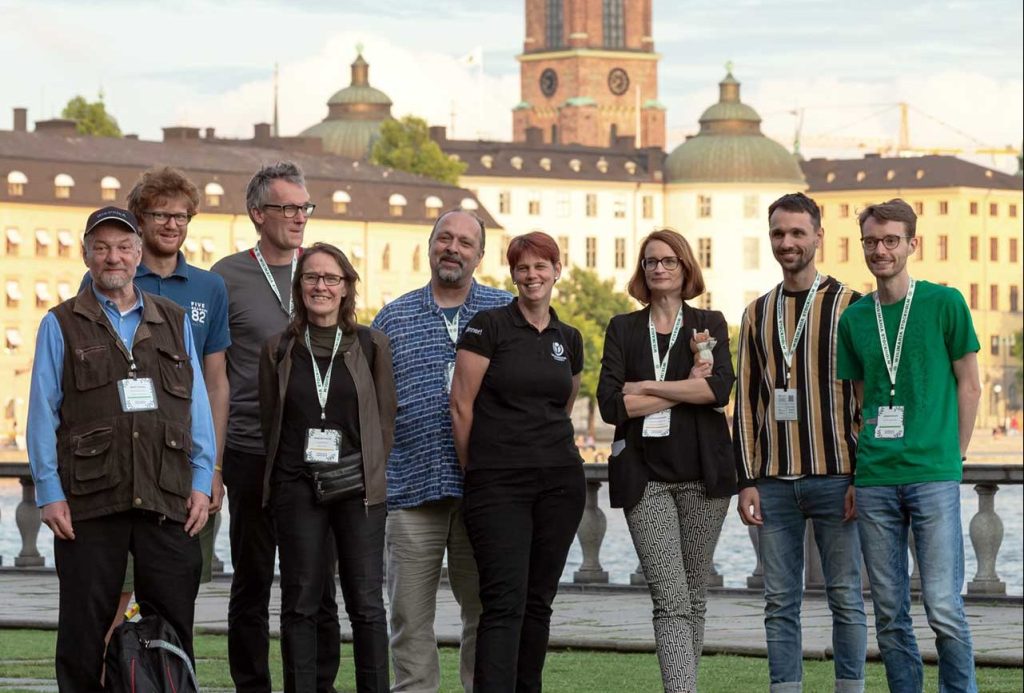
Minimizing server usage and other daily practices helps reduce our carbon footprint
Wikimedia has an obligation to help sustain the Earth’s natural resources. And we believe sustainability should be a daily practice—not something that happens now and again. The Foundation has been implementing green practices for many years, but we took further steps in the 2018–2019 fiscal year—and we’re committed to doing even more as we go forward.
We run the Wikimedia projects with about one-thousandth the number of servers used by websites with a comparable reach. A single data center can use more power than a small city, so operating with fewer servers means we have a much smaller carbon footprint.
Wikimania, our movement’s biggest annual conference, is carbon neutral.
We recently released a sustainability assessment that chronicles our work’s total carbon footprint and commits us to reducing our carbon emissions. More than two years in the making, the plan commits us to becoming more environmentally sustainable and more conscious of our environmental impact. Just one example: Ensuring our servers run on renewable energy.
Of Wikimedia’s about 400 staff and contractors, 60 percent work remotely around the globe—and have half the carbon impact of those at our San Francisco headquarters. But even our S.F. footprint is very low relative to comparable organizations. We’re located at Post Montgomery Center, which is one of the city’s greenest large office buildings— and has the best certification rating possible from the Leadership in Energy and Environmental Design (LEED) rating system. When the Wikimedia movement’s biggest annual gathering, Wikimania, took place August 2019 in Stockholm, the conference was entirely carbon neutral. We did it through carbon offsets and working with Terrapass, a social enterprise organization.
Just as we work with others to improve Wikipedia for the public good, we’re working with others to improve our environmental impact— not just in San Francisco but around the world.